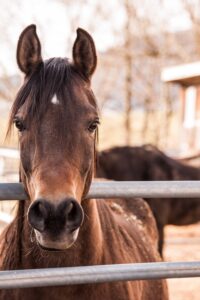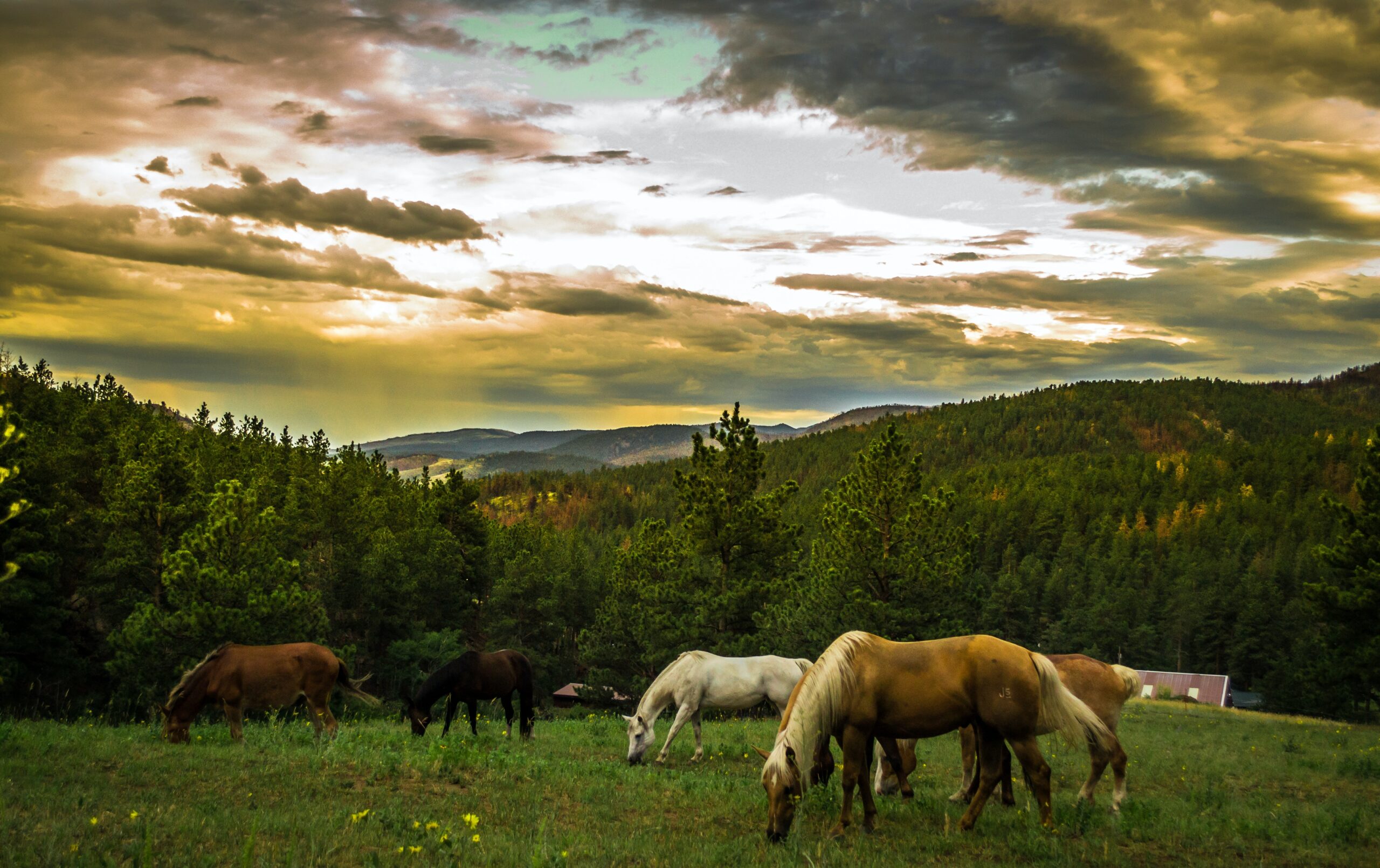The origins of modern-day horses goes back approximately two million years ago. Horses, earlier known ancestors, are showed-up in North America. Nevertheless, horses disappeared in North America, and Europeans brought them back.
In the beginning, horses were used for their meat. Especially in Asia, horses were commonly used for their meat before the modern era. For a long time, we used horses for transportation.
Legends of Horses
Horses are essential even in religions and myths. Roman and Greek Gods showed up like a horse. Greek mythology says Poseidon created them from waves of the ocean. According to Islam, Prophet Muhammed used the horse to meet with God beyond the sky.
In mythology, horses represented majesty, speed, and independence. Horses gave the Mongol Empire the power it needed to grow the industry to the point where it might lead to global supremacy. The earliest horse-drawn chariots were developed in Mesopotamia about 3000 BC; these chariots were vital for Egyptian conflicts. Horses were considered the noblemen’s mount in European society, and they were seldom used in the military forces.
Where Horses Live
Domestic horses live in the stable. The stable is not just for horses but for other farm animals too. Wild horses can live in wooded areas or rugged environments like collars. Wild horses act together to protect themselves from predators.
The majority of what horses eat are plants and fruits, including clover, alfalfa, and oats. Horses are fed hay, grass, and other plants, including clover, alfalfa, and oats. They may consume fruits and vegetables, such as apples and carrots. A horse’s nutrition may change based on aspects like age, breed, weight, and overall health, so it’s vital to keep that in mind.
Horses’ Sleep Circle
Sleep is a basic need for reorganizing and repairing the body and mind. A healthy and safe horse sleeps an average of two and a half hours in 24 hours. And these two-and-a-half hours of sleep consist of short periods of 15 minutes on average.
Horses can sleep both standing and lying down. They have a system on the front and hind legs that enable them to sleep standing up and lock their joints. Will a horse be able to sleep standing?
Horses, like humans, have four phases of sleep. When the first three phases may be done standing up for limited periods of time due to the previously described joint locking mechanism, the fourth stage, REM sleep (Rapid Eye Movements-Deep Sleep), can only be accomplished when lying down. Because all skeletal muscles must be relaxed in order to enter natural REM sleep.
A standing, sleeping horse bears most of its weight on two front and one rear leg. At repose, just the nail tip of the second hind foot contacts the ground. The lower lip may droop or twitch, the head and neck are sagging, the ears are relaxed, the eyes are closed, and the lower lip may sink or twitch. When approaching a sleeping horse, we must provide an auditory warning and make it aware of our presence. Otherwise, we risk inducing risky avoidance-startle responses. A horse resting on the ground may be seen in two ways. In the first posture, he collects his feet beneath his tummy and rests s emi-upright, but in the second, he lies wholly stretched to the sides.
emi-upright, but in the second, he lies wholly stretched to the sides.
Some herd horses typically lie down, while the remaining few are visibly awake to ambient cues. Foal mares do not lay down for the same reasons as their foals. In their first three months, foals might spend up to half their time lying down. Each horse has its unique sleeping pattern. Some people sleep more at night, while others sleep more during the day. Some prefer to sleep in the barn, while others prefer to sleep in the pasture.
Horse Literature and Movies
These days horses have taken a back seat to unicorns, but they are still prevalent in books! Readers of Greek and Roman mythology will find that they praise horses and unicorns come from Greek mythology. One must remember the pegasus, which is also a horse that came from mythology. Dr. Seuss created a popular book If I Ran the Horse Show: All About Horses, for modern-day literature. Other popular books are Black Beauty, Seabiscuit, and The Black Stallion. In fantasy literature, horses are essential too. Tolkien used horses in his Middle Earth series, and they are crucial for the story.
Racing Stripes, Misty, Dreamworks Spirit, and the Flika films are just a few of the movies dedicated to horses. National Velvet is a classic film that helped make Elizabeth Taylor a star and popularized films about horses. Modern-day horses may not have close relationships with humans as much as in the past, but the love of horses lives on in literature and movies for generations to come!


